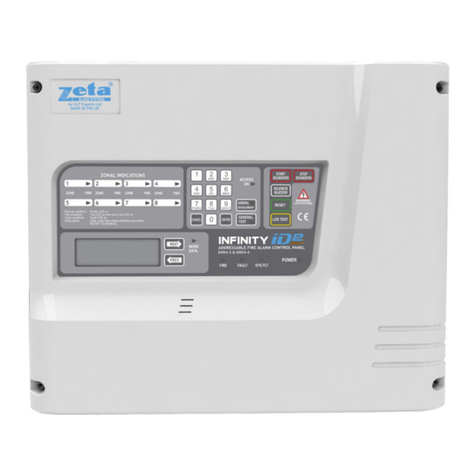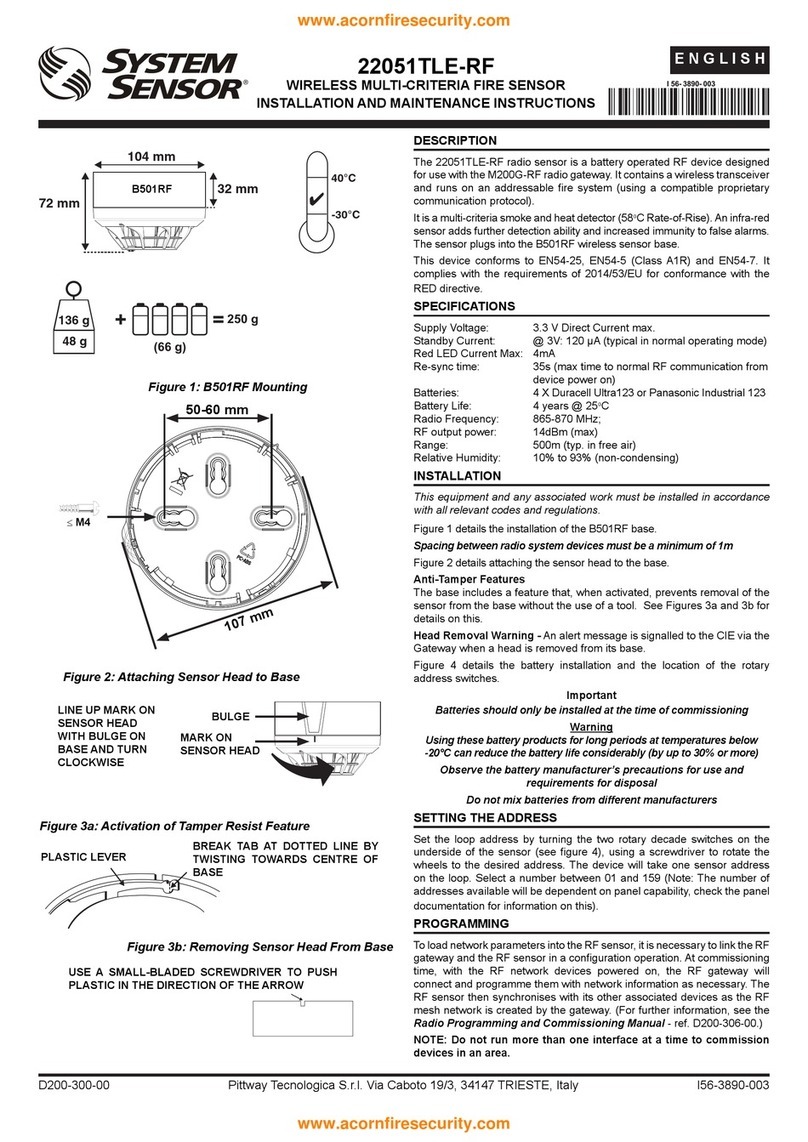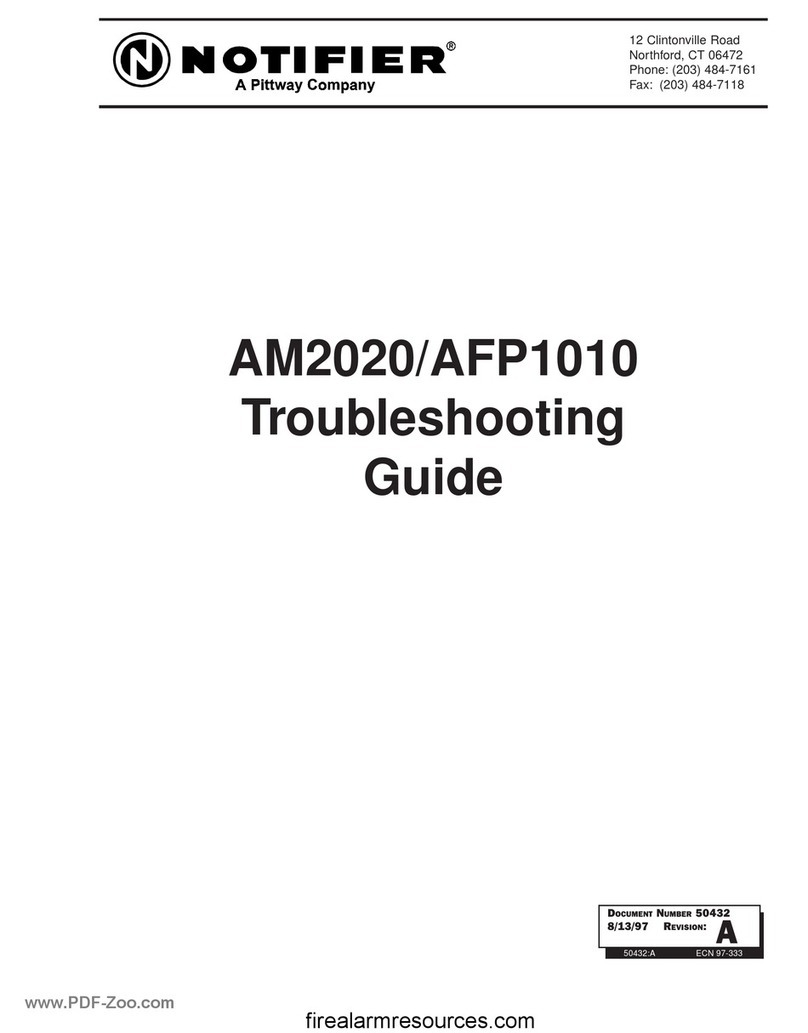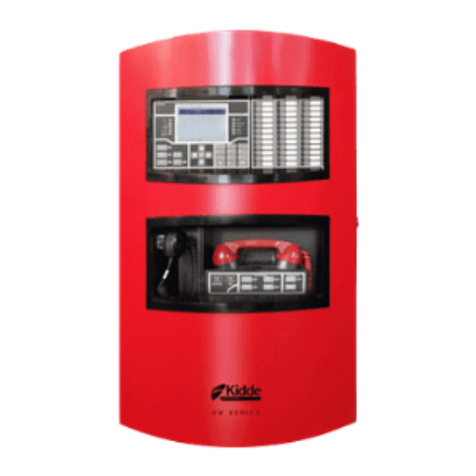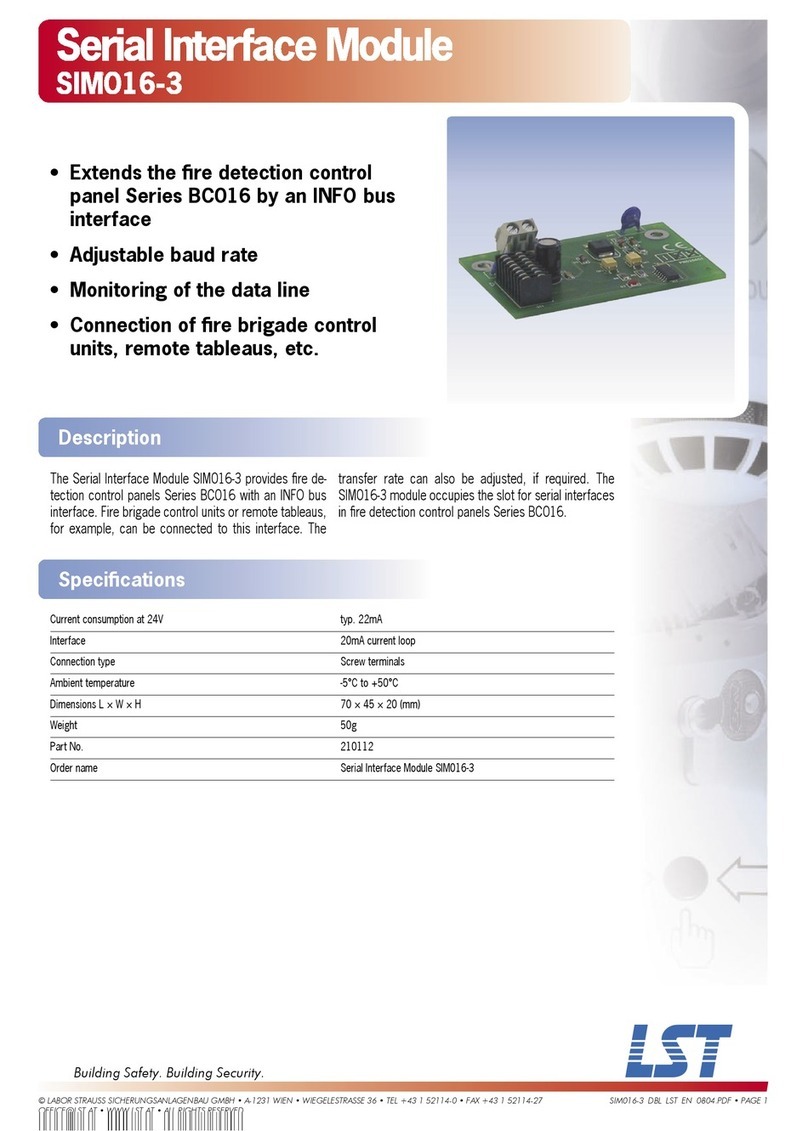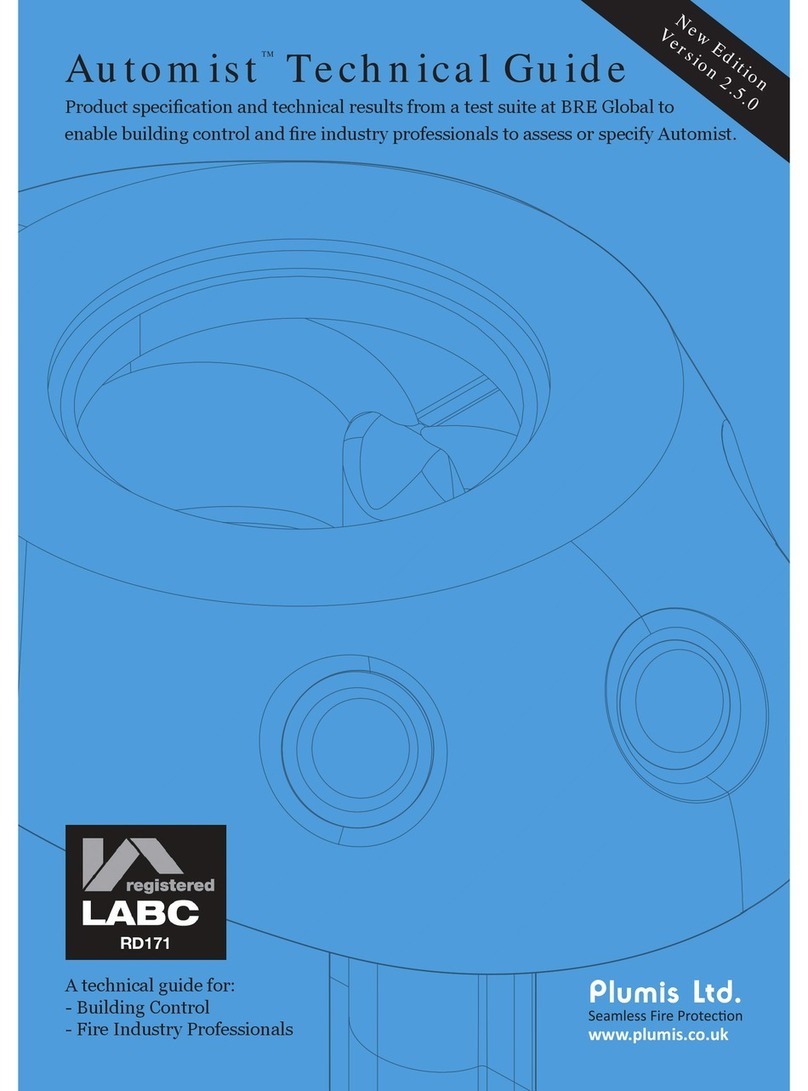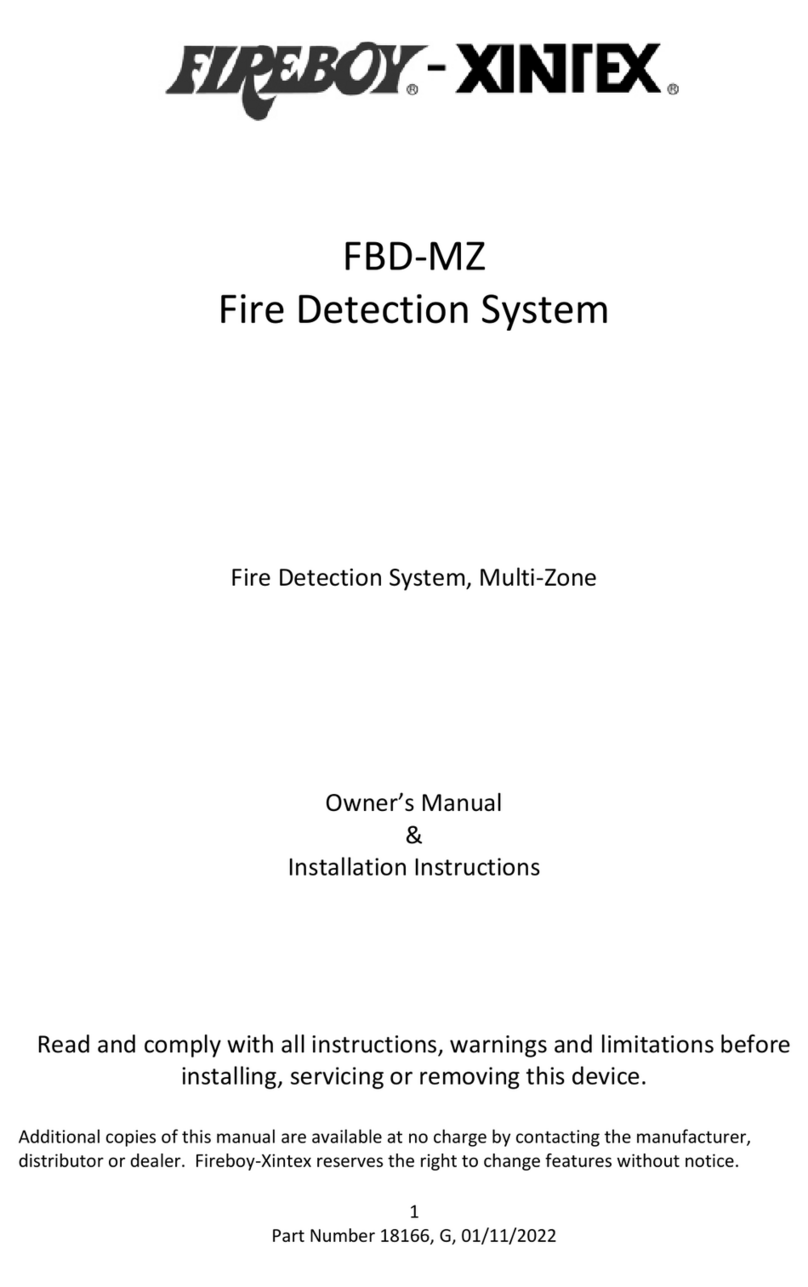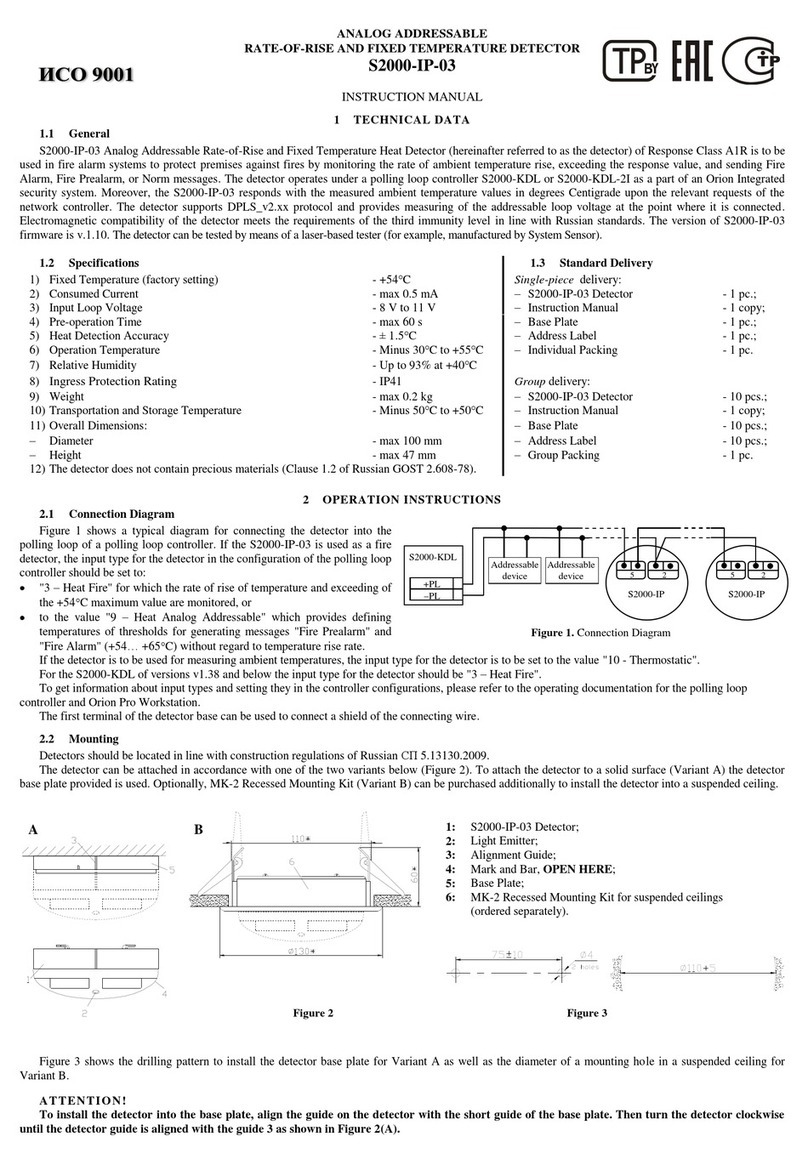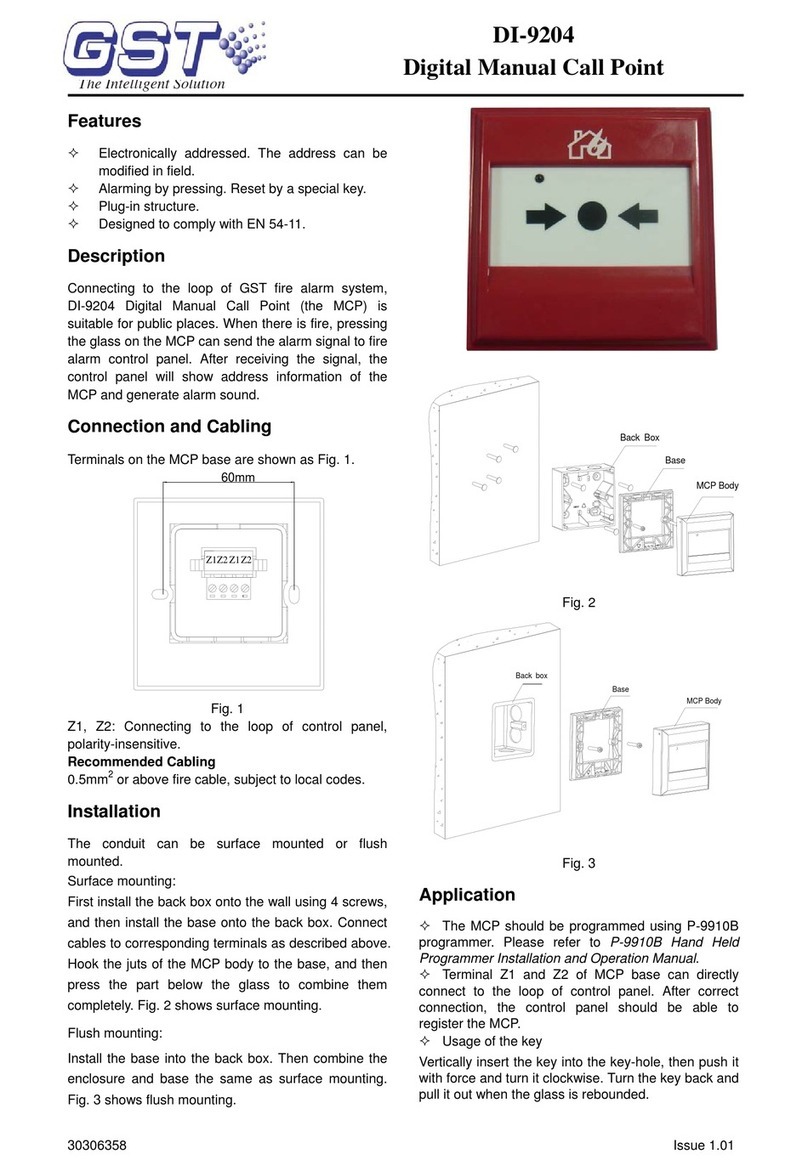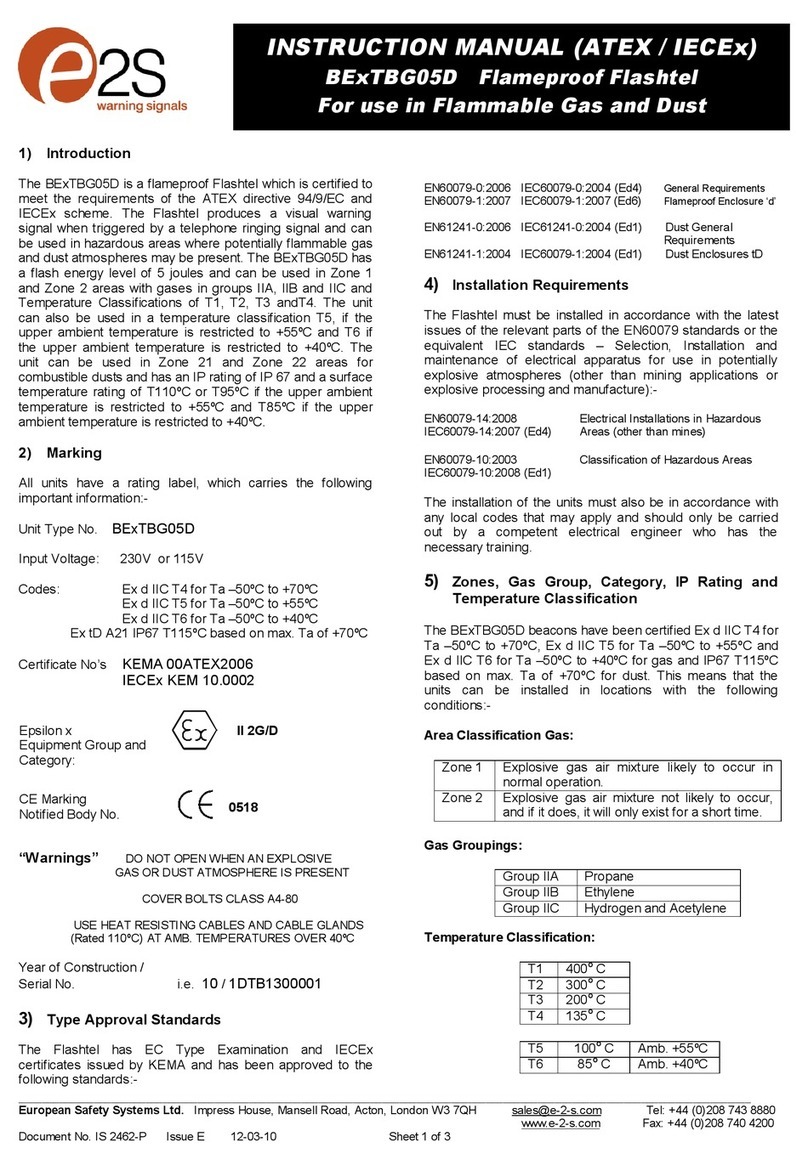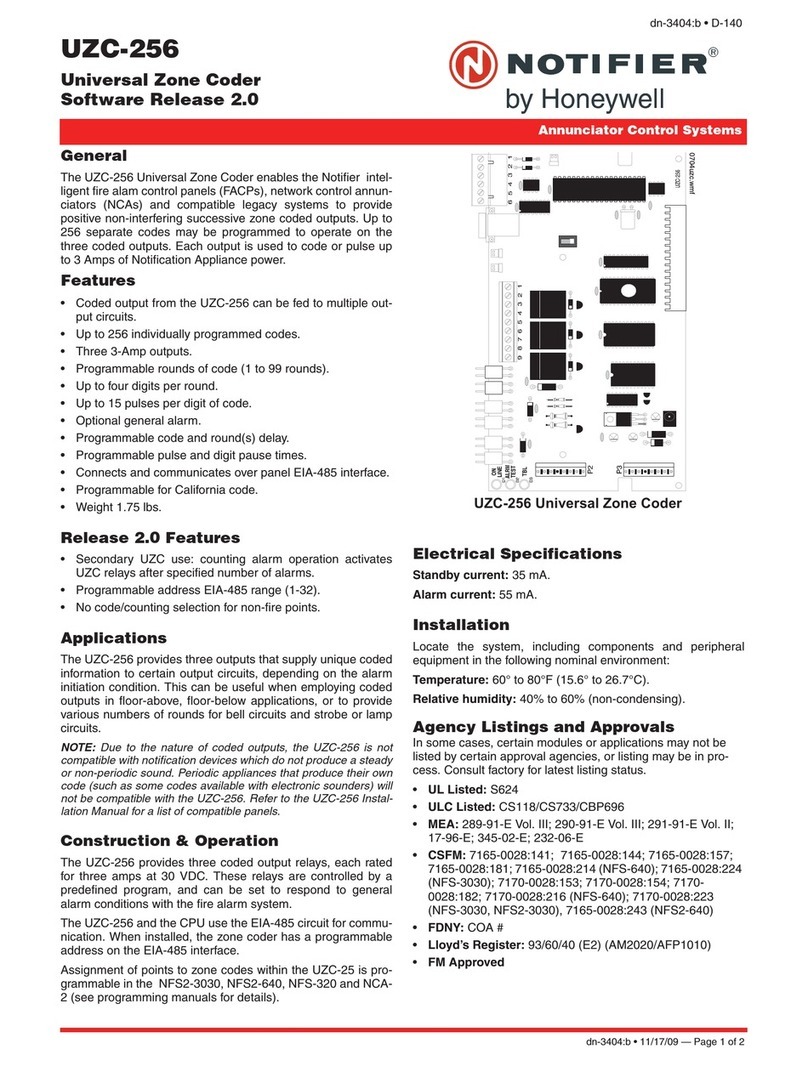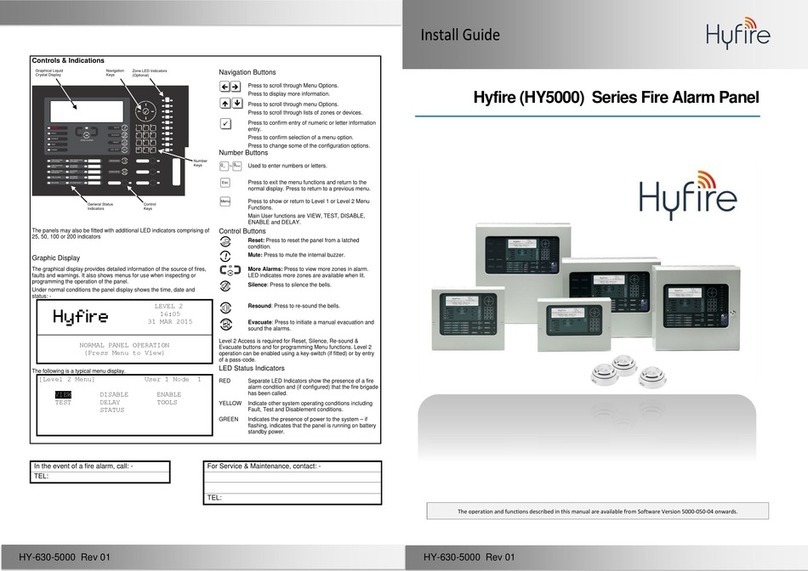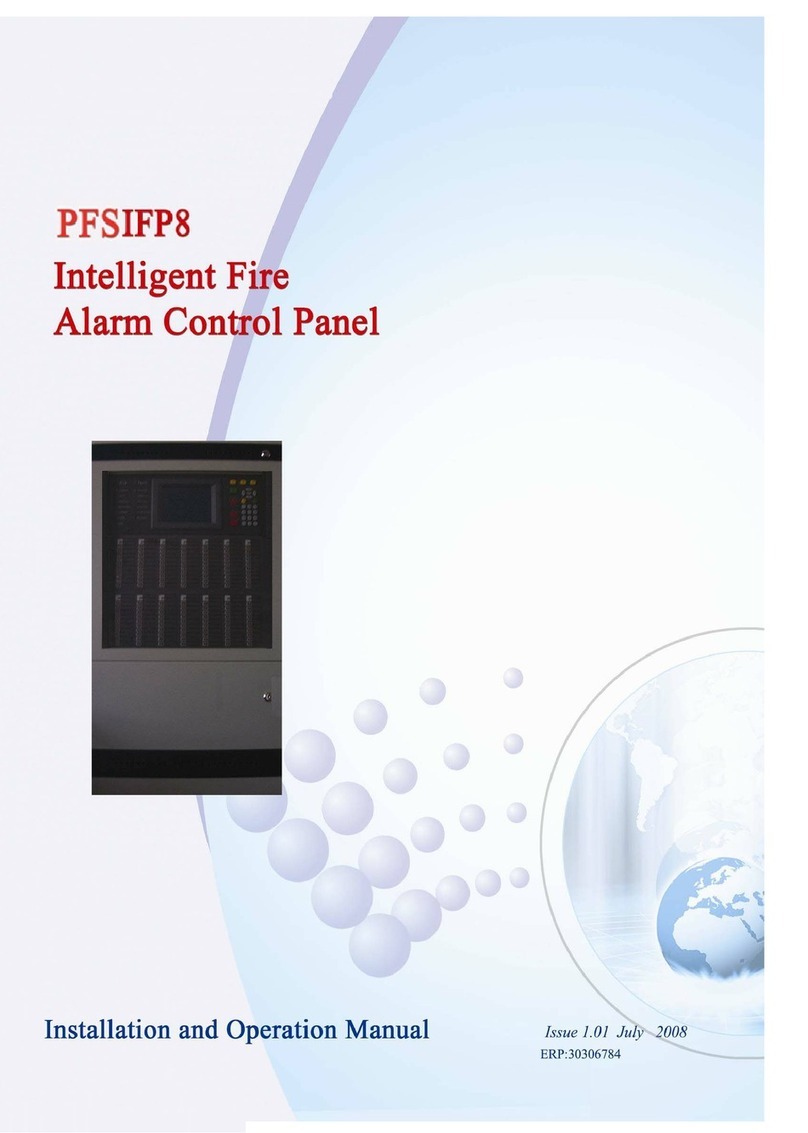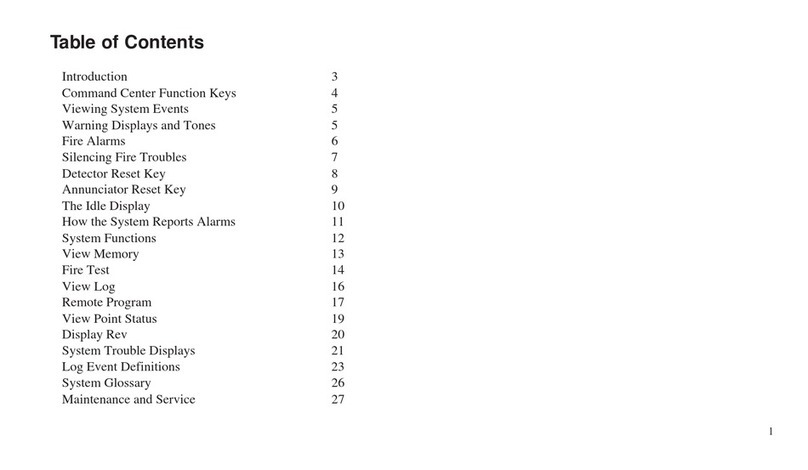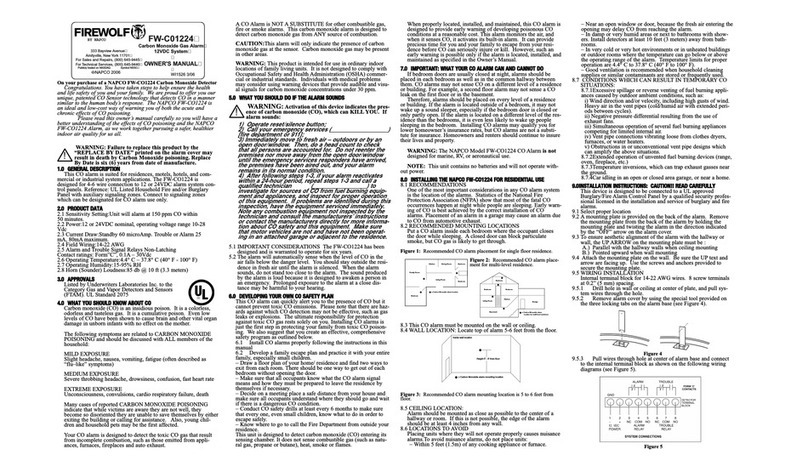Contents
INTRODUCTION TO SMARTSCAN.................................................................................................................................................................. 4
Introduction ............................................................................................................................................................................................................. 5
Automist Smartscan Hydra Operation.......................................................................................................................................................... 6
The Automist Smartscan Hydra System....................................................................................................................................................... 7
Automist Smartscan Compliance and Fire Performance................................................................................................................. 8
HOW TO SPECIFY SMARTSCAN....................................................................................................................................................................... 9
Use and Specification of Automist Smartscan Hydra...........................................................................................................................10
Room Compatibility ......................................................................................................................................................................................10
Preferred Positions ........................................................................................................................................................................................13
Example: At Front of Built-in Cupboard............................................................................................................................................13
Example: Adjacent to an Opening.......................................................................................................................................................13
Example: Close to a Wall .........................................................................................................................................................................14
Example: Over Worktop...........................................................................................................................................................................14
Installation requirements..................................................................................................................................................................................15
Spray Head Placement.................................................................................................................................................................................16
Detection System ...........................................................................................................................................................................................17
INSTALLER GUIDELINES ....................................................................................................................................................................................18
Installation Procedure........................................................................................................................................................................................19
A) First Fix - Preparing the site.................................................................................................................................................................20
Plumis wireless multi-sensor detector ..................................................................................................................................................24
Compatible wired detector ........................................................................................................................................................................24
Power Loss Alarm...........................................................................................................................................................................................25
B) Second Fix - Installing the controller................................................................................................................................................27
C) Second Fix - Installing the spray head(s)........................................................................................................................................28
D) Connecting the Water Supply.............................................................................................................................................................31
E) The Automist Smartscan Hydra Controls........................................................................................................................................34
F) Commissioning and maintenance .....................................................................................................................................................35
Commissioning Procedure.........................................................................................................................................................................37
Hose Draining..................................................................................................................................................................................................45
Re-enter Commissioning Mode After Successful Commissioning............................................................................................45
Alarm Test Mode............................................................................................................................................................................................45
Post-installation checklist –Key points for installers and Building Control..........................................................................46
Maintenance ..........................................................................................................................................................................................................50
Cleaning...................................................................................................................................................................................................................50
Repair........................................................................................................................................................................................................................51
